Latest News
Afghanistan water sources use by neighboring countries
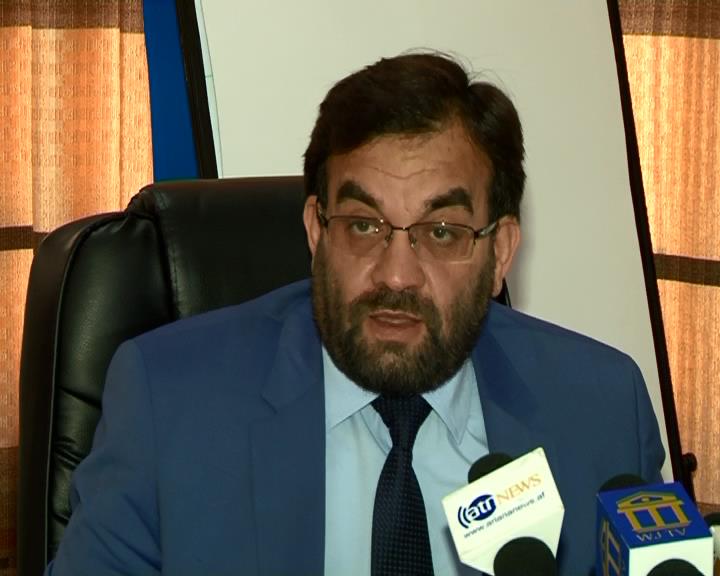
The fears of a security breakdown in Afghanistan boil the larger possibility of an economic collapse. The country’s revenues seem abysmal, and the mismanagement of billions of dollars in aid has turned it entirely dependent on foreign donations and the presence of foreign troops.
With Afghanistan being largely an agricultural country, investment in the water sector should have been a natural priority for sustainable economic development. Yet, that is not the case. In the Afghanistan National Development Strategy, a framework for allocating international aid, water does not figure as a core development sector. Only 5 percent of development has gone into the water sector during the past decade.
The Ministry of Water and Energy says that Afghanistan water resources reaches to 57 billion cubic meters which the most parts of it use by neighboring countries.
Along the Afghanistan’s borders, villagers see their water flow into the neighboring countries without being able to use it for their own local fields. The scarcity of water has led to tensions between tribes and villages.
The ministry if water declared that the continuation of insecurity caused Afghanistan fails to effectively use its water from the construction of dams and other projects.
Officials in the ministry noted that the residents of the country must cooperate with the government in providing the security of water and electricity projects.
“The construction of dams takes long time and in some cases the works have not been done properly and on time. In addition, the main problem is insecurity that cause the projects face a deadlock,” Ali Ahmad Osmani, minister of Water and Energy said.
One of Afghanistan’s missed opportunities in the last decade was its failure to legislate a comprehensive water law. Existing law does not define water rights.
Land owners are also owners of water and landless farmers have no rights to water. The water management institutions are highly ineffective.
The lack of a database of natural resources and the limited ability of the government to collect data is another challenge and a major obstacle to planning and development.
Afghanistan has a population of 29 million, with 79% of the population living in rural areas. Only 27% of its population has access to improved water sources, and it goes down to 20% in rural areas, the lowest percentage in the world.
The numbers get even worse when you look at the percentage of people with access to improved sanitation facilities. With the numbers at 5% nationwide, and only 1% in rural areas, Afghanistan again ranks the worst in the world.
In Kabul, the capital, with a population of 6 million, 80% of the people lack access to safe drinking water, and 95% lack access to improved sanitation facilities.
Analysts say that reaching the safe driniking water is another challenges of Afghanistan residents which the people are suffering from.
Water is a collective issue for Afghanistan and its neighbors. Any solution should therefore be multinational. Nations involved in Afghanistan, in particular US-led forces, should avoid politicizing this problem as it is so vital to the future of Afghanistan and the region as a whole.
Investment decisions should be based not on efforts to deprive neighboring countries of water but on avoiding waste and improving utilization of resources.
Without regional cooperation, Afghanistan will be faced with deeper and unresolvable challenges that will be even more difficult to solve after most international forces leave in 2014.

Latest News
WFP air services in Afghanistan may be suspended due to funding crisis
According to WFP, the organization urgently needs $10.5 million in funding to continue its relief flights in 2025.
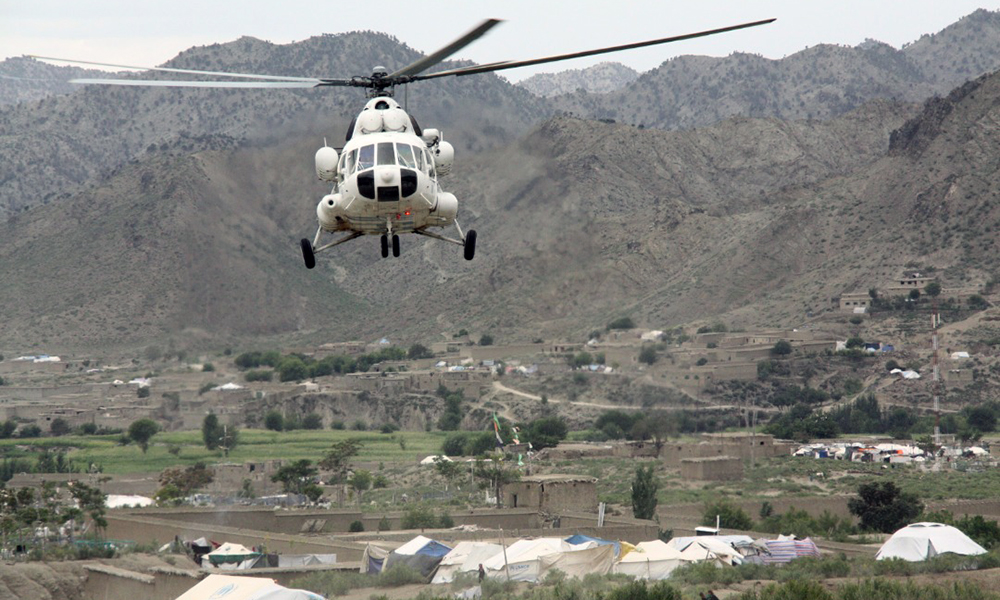
The UN’s World Food Program (WFP) in Afghanistan has announced the possible suspension of its air services in the country due to a severe shortage of funding.
WFP is one of the largest humanitarian organizations in Afghanistan and the air services have played a vital role in transporting humanitarian aid, especially to areas difficult to reach by land.
In a message posted on X, the WFP explained that in the past, when roads were blocked, air services were the only way to deliver aid to remote areas of Afghanistan. This aid included food, medicine, and other essential items that are essential for the survival of millions of people in need in Afghanistan.
According to WFP, the organization urgently needs $10.5 million in funding to continue its relief flights in 2025.
In addition, the WFP stated that humanitarian needs in Afghanistan continue to increase and millions of people across the country are dependent on humanitarian assistance.
WFP stated that if air services are stopped, it will become very difficult, if not impossible, to deliver vital aid to areas that are not accessible by road.
Latest News
Afghanistan and Iran swap prisoners at Milak border crossing
At the same time, two Iranians serving sentences in Afghan prisons were repatriated to Iran.
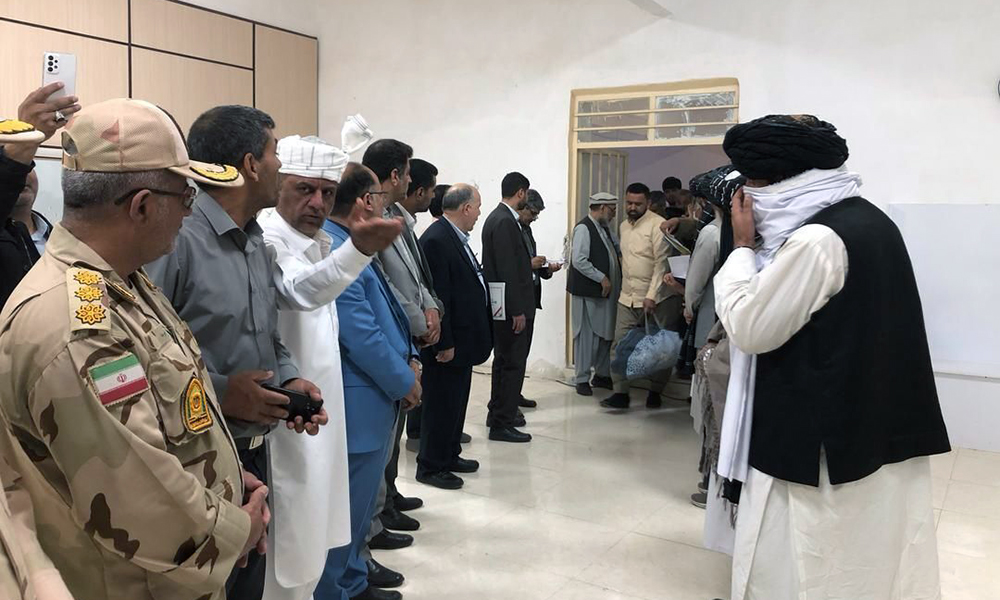
Afghanistan and Iran exchanged prisoners at the Milak border crossing in south-eastern Iran on Sunday, officials confirmed.
According to IRNA, almost 200 Afghan prisoners held in Iranian prisons in Tehran, Sistan and Baluchestan and Isfahan were handed over to Afghan authorities at the Milak border in Sistan and Baluchestan.
At the same time, two Iranians serving sentences in Afghan prisons were repatriated to Iran.
Iran’s Deputy Justice Minister for Human Rights and International Affairs, Askar Jalalian, said recently that more than 4,500 foreign nationals detained in Iran had been sent to their home countries.
Latest News
UNAMA chief visits northern Afghanistan, meets local officials including women
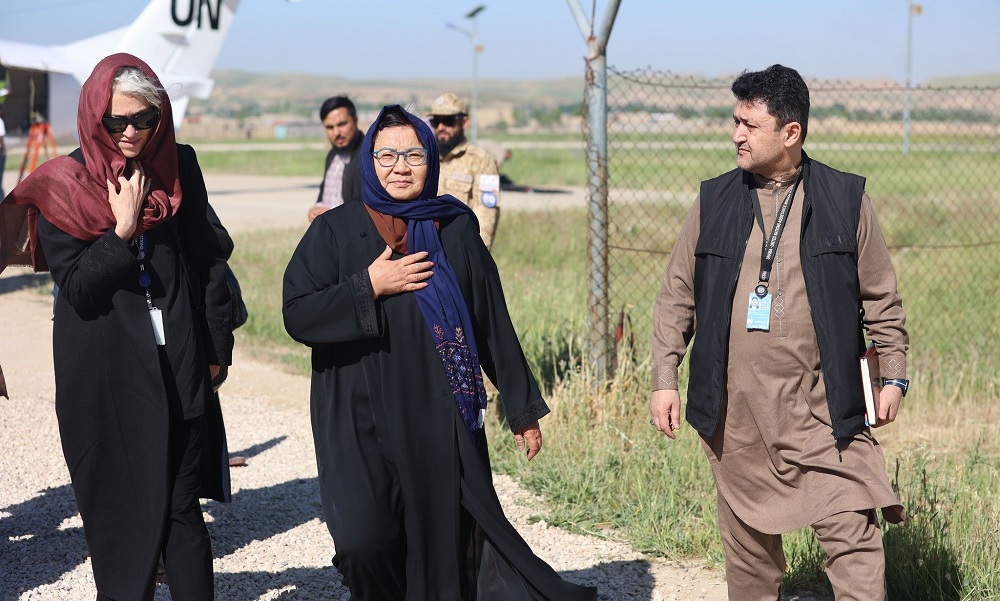
Roza Otunbayeva, Head of the United Nations Assistance Mission in Afghanistan (UNAMA), recently visited the city of Maimana in northern Afghanistan, where she met with local officials, entrepreneurs, and UN staff.
UNAMA wrote on its Facebook page on Sunday, that during the visit, entrepreneurs — including women — met with Otunbayeva, and requested support to facilitate access to new markets, particularly in Uzbekistan.
UNAMA further stated that among these entrepreneurs was a group of women who, with the support of the United Nations Development Programme (UNDP), had established a tailoring workshop.
They expressed their appreciation for the support received and spoke about the significant growth and development of their business.
UNAMA added that the organization remains committed to promoting economic opportunities and empowering Afghan communities, especially women.
-

 Sport5 days ago
Sport5 days agoSri Lanka A defeats Afghanistan A by 4 wickets in Abu Dhabi
-

 Latest News4 days ago
Latest News4 days agoAWCC activates new site in Nangarhar’s Kuz Kunar district
-
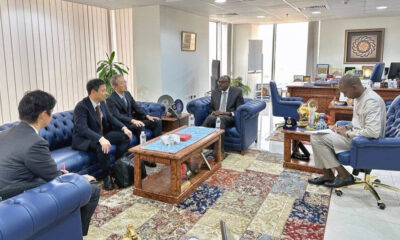
 Latest News4 days ago
Latest News4 days agoTarig Ali Bakheet and Japan’s Deputy Foreign Minister discuss Afghanistan’s situation
-
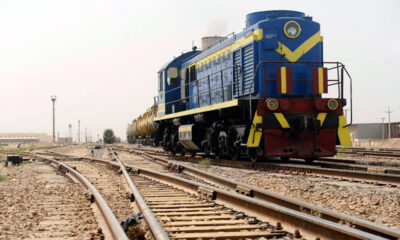
 Business4 days ago
Business4 days agoPakistan’s deputy PM discusses Trans-Afghan Railway Line project with Uzbek FM
-

 Climate Change5 days ago
Climate Change5 days agoPowerful earthquake of 6.2 magnitude shakes Istanbul
-
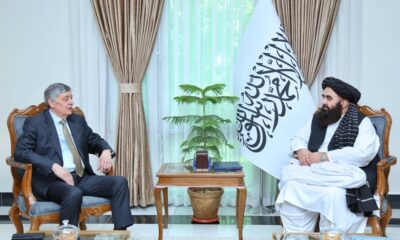
 Latest News5 days ago
Latest News5 days agoSpecial meeting will be held to launch Afghanistan–Russia joint commission, says Kabulov
-

 Latest News3 days ago
Latest News3 days agoAfghanistan’s medicine output reaches 900 types: Pharma Union
-

 Latest News4 days ago
Latest News4 days agoAfghan delegation to participate in Iran’s international expo

![water - _16_09_2015_DARI_SOT.avi_snapshot_00.17_[2015.09.16_16.49.59]](https://ariananews.af/wp-content/uploads/2015/09/water-_16_09_2015_DARI_SOT.avi_snapshot_00.17_2015.09.16_16.49.59-300x240.jpg)














